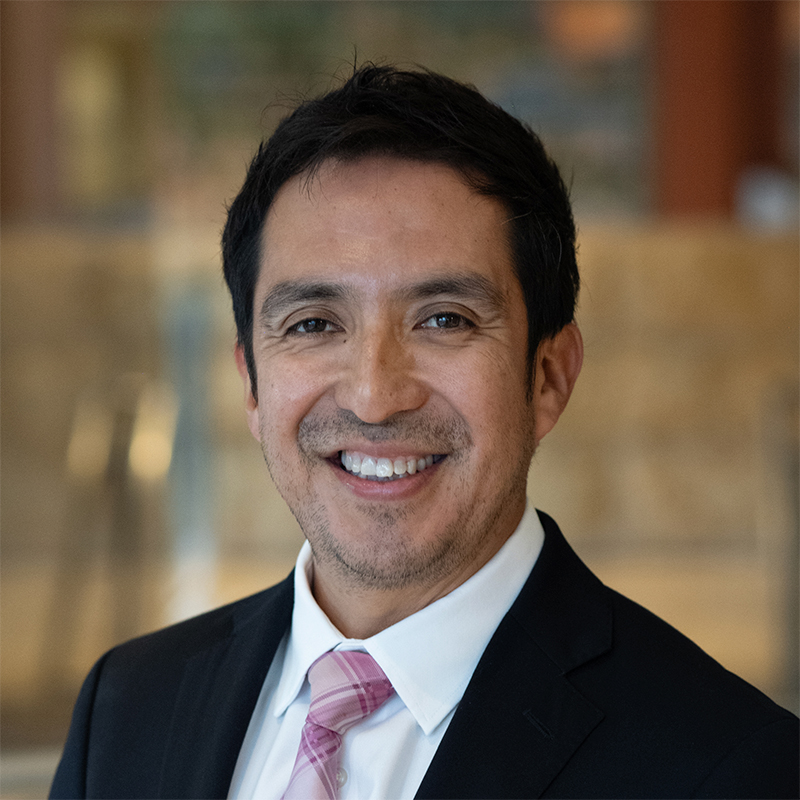The Federal Reserve Bank of Minneapolis surveys people across the Ninth District to gauge their recent economic activity and their outlook. This year, the Bank has made special efforts to better understand labor markets through the experiences of workers. This work has become even more critical during the economic recovery that has seen strong job growth but more tepid labor force participation among workers.
The most recent effort in this initiative, a summer survey of 121 low-wage, employed frontline workers in janitorial and hospitality occupations, was conducted with the help of three labor unions in the Minneapolis-St. Paul area. While results are not statistically significant due to sampling, findings nonetheless provide some useful snapshot insights into labor dynamics among frontline workers.
Income for most came from work, but other income streams rose
Respondents were asked about sources of income to meet spending needs before the pandemic and in the last 12 months (Chart 1). Most respondents were union represented and were able to maintain some level of employment. As a result, they continued to rely on regular income from work even through the pandemic. However, the number of households reporting use of unemployment benefits in the last year increased fivefold. Use of savings or selling assets and borrowing from acquaintances almost doubled, and all other categories saw significant increases in the past 12 months.
Half of respondents said they were sole income providers, while the other half indicated having a spouse, child, or parent—or a combination of them—contributing to household finances (Chart 2). Three of 10 respondents indicated having children under 5 years old, and an equal share reported having children between 5 years old and 18 years old living at home. Multigenerational households are also not uncommon, as 18 percent said they lived with older adults.
Savings are slim among respondents
A slight majority of respondents indicated having enough savings to cover their expenses for at least one month. A considerable share had no financial backup, having exhausted what they had to cover expenses during the pandemic.
| Yes, my savings can cover expenses for one month | 24.10% |
| Yes, my savings can cover expenses for three months | 18.07% |
| Yes, my savings can cover expenses for a year or more | 13.25% |
| No savings, I send money to family in other country | 4.82% |
| No savings, I do not make enough money to save | 25.30% |
| No savings, I exhausted them during the pandemic | 14.46% |
Workers are also job seekers, with many different goals
Despite being union represented, 21 percent are currently unemployed, and others may have experienced periods of unemployment at some point during the pandemic. Whether employed or not, they can also be job seekers at any point in time. The most common job-search goal was higher pay, while many were also looking for flexibility in their next job. A good portion of workers were looking for a job outside their current field, perhaps in response to the challenges they were exposed to in the past 18 months.
Among those seeking occupational change, a good share reported that wages and benefits offered by potential employers do not meet their expectations. Although mobile phones have considerable capacity and are widespread regardless of income, many respondents expressed a need for better technology, internet access, and technical skills to help their job search and career goals. More than half of respondents said they did not have the necessary computer experience to land the job they want, perhaps an acknowledgement of increased automation or their desire to change career paths. Many workers said they need new skills and credentials to improve their employment options, but limited knowledge on how to access training and/or lack of time was an obstacle to self-investment.
Respondents feeling multiple financial stressors
Covering immediate financial needs of the household was the most pressing need among respondents. Basic needs like housing, utilities, and food were also high in the list of stressors, followed by transportation and the lingering threat of COVID-19 exposure.
About the Minneapolis Fed’s worker experience survey
Conducted from July through September, the survey received 121 responses from members of UNITE HERE 17, SEIU 26, and the Minneapolis Regional Labor Federation. Thirty percent of respondents identified as Hispanic/Latino/a/x, 29 percent White, and 16 percent Black or African American. Only 12 percent were women. The survey was made available in three languages (English, Spanish, and Somali) and distributed by three union partners in the Minneapolis-St. Paul area. Eighty-three responded to the English version, while 38 submitted their responses in Spanish and zero in Somali.
Half of respondents reported having at least some higher education credits; 23 percent had some college credits but no degree; 13 percent, bachelor’s degree; 10 percent, associate’s degree; and 4 percent, postgraduate education. Twenty-one percent had a high school diploma or equivalent, and 25 percent had less than a high school diploma or equivalent.
Erick Garcia Luna is a Minneapolis Fed regional outreach director. In this role, he focuses on gathering and analyzing economic intelligence on the regional economy to help inform the work of the Fed. Follow him on Twitter @ErickGarciaLuna.






